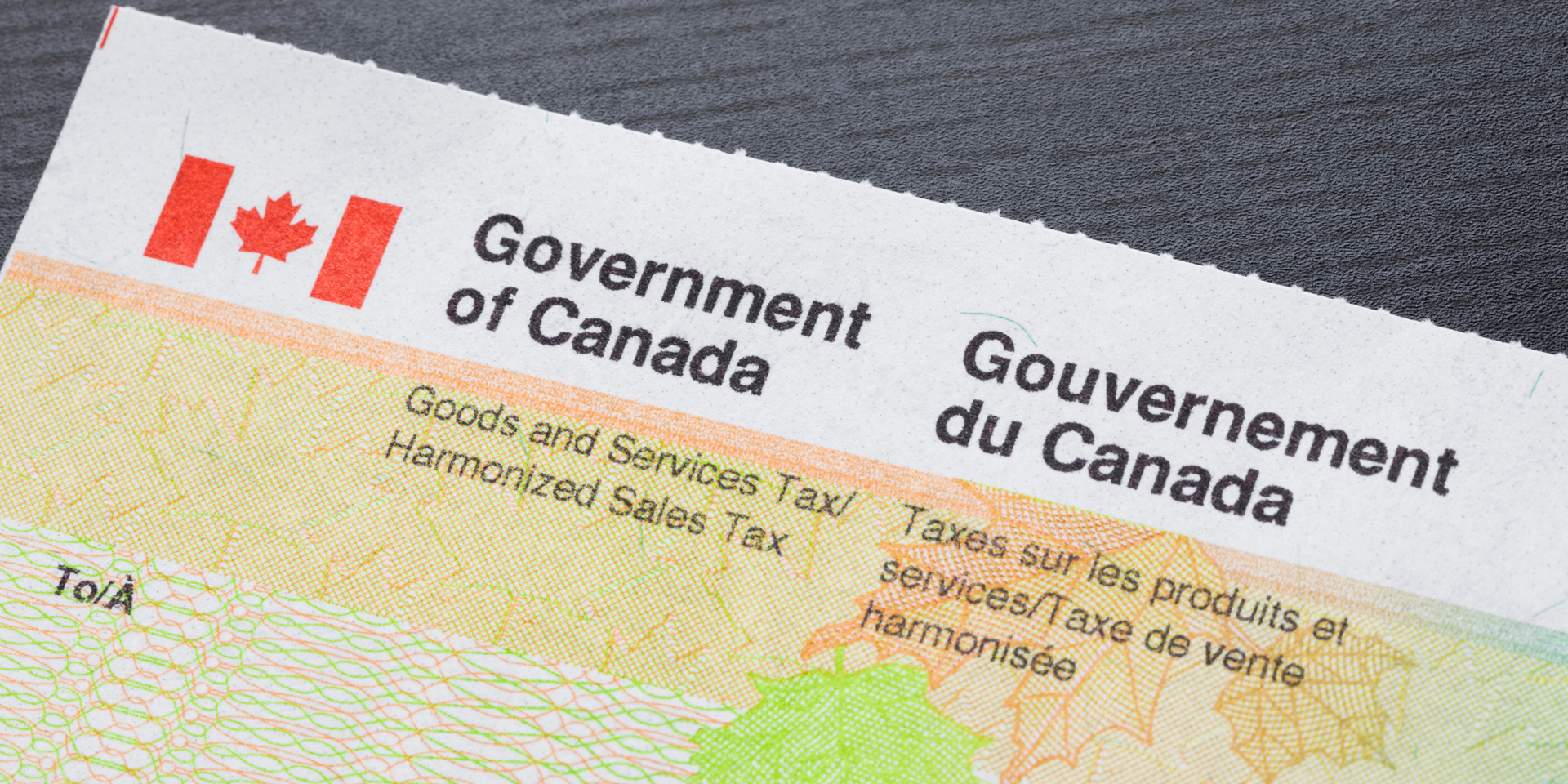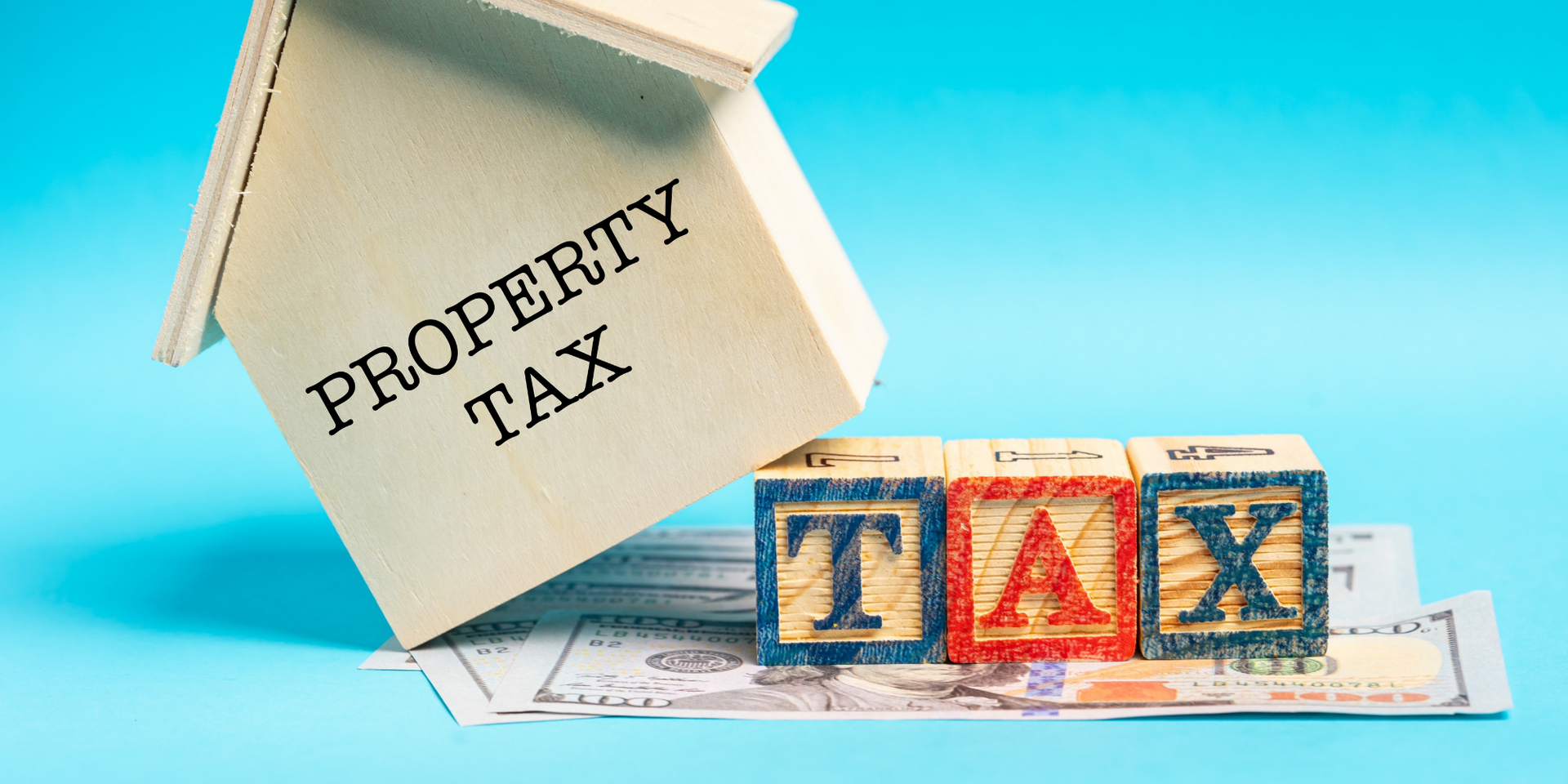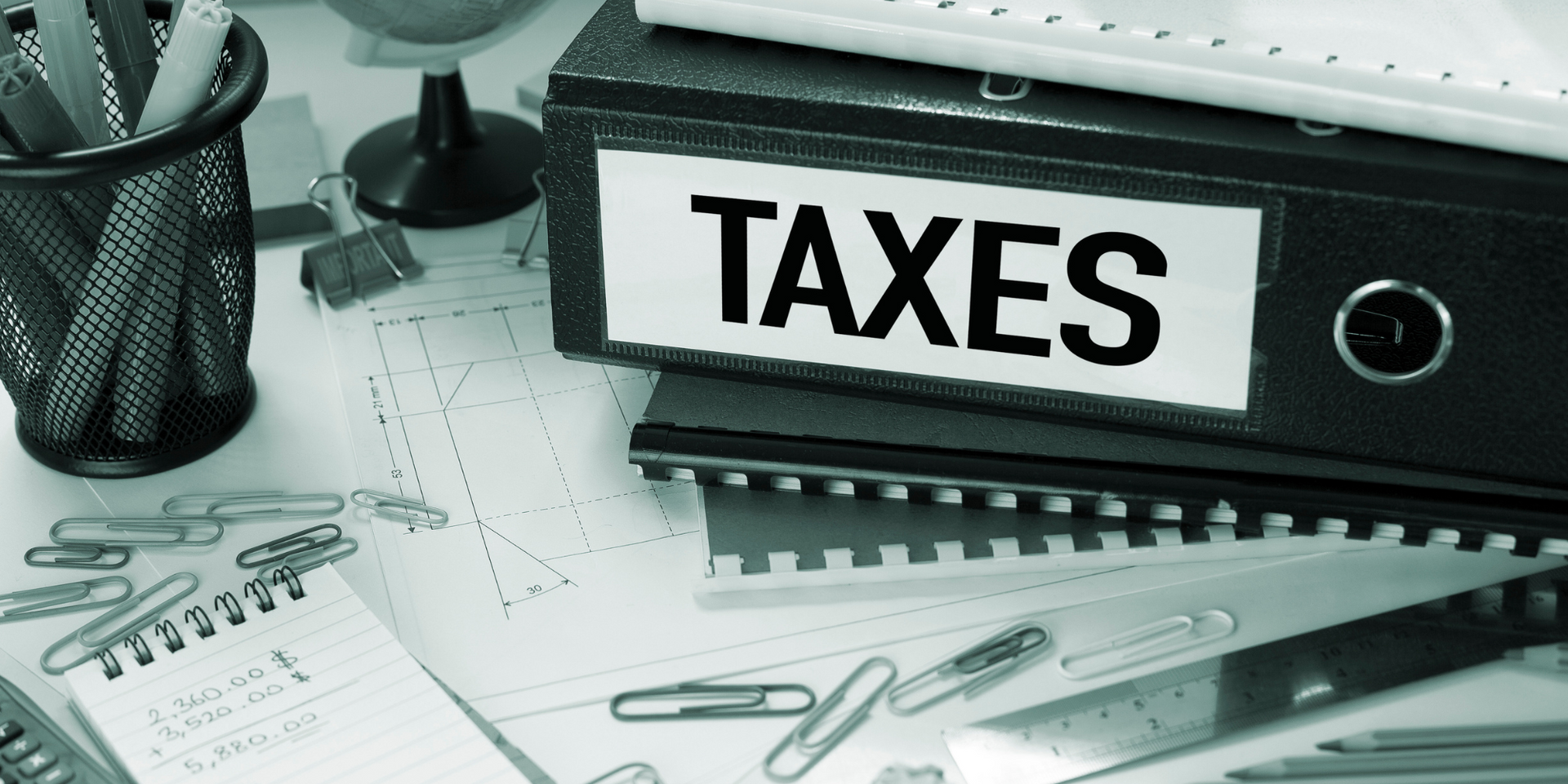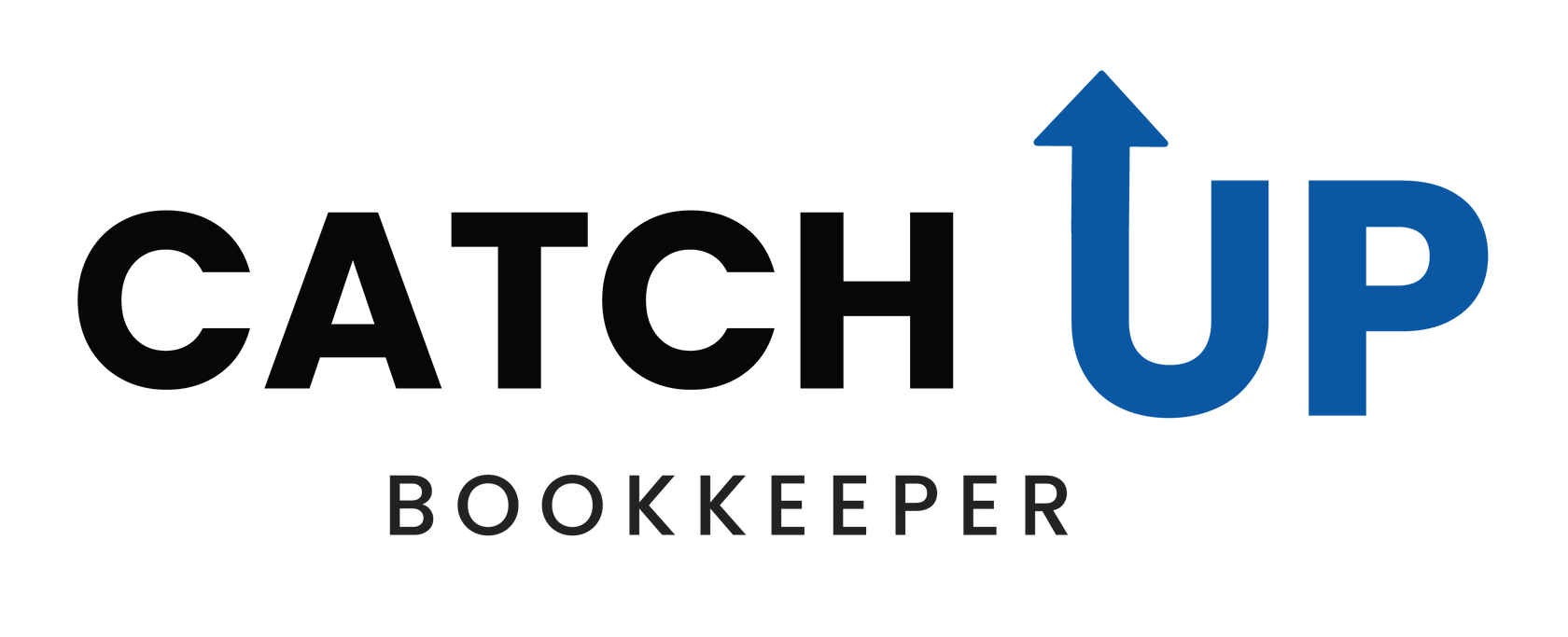5 Tax-Saving Tips for Retirees
Retirement should be a time to relax and enjoy the fruits of your labor, not worry about taxes eating into your savings. Here are five key tax-saving strategies that retired Canadians can use to reduce their tax burden and maximize their income:

1. Split Your Pension Income
If your income exceeds a certain threshold, the CRA imposes an Old Age Security (OAS) recovery tax of 15% on the excess income. In 2023, the threshold is $86,912. To avoid paying the OAS clawback, consider splitting your pension income with your lower-earning spouse. For example, if you earn $90,000 and your spouse earns $70,000, transferring $10,000 of your pension income to your spouse could keep you both under the OAS threshold, lowering your overall tax burden.
2. Share Your CPP (Canada Pension Plan)
If you and your spouse or common-law partner receive unequal CPP payments, you can apply to share your pensions. By sharing CPP, you balance income between you and your partner, reducing the higher-income partner’s tax burden. The CRA calculates the amount based on how long you lived together during your working years. This strategy can be a helpful way to optimize tax benefits similar to pension income splitting.
3. Claim the Age Amount Credit
Once you turn 65, you may be eligible for the Age Amount Credit, a non-refundable tax credit for seniors. For the 2023 tax year, the maximum age amount is $8,396 if your income is less than $42,335. The credit gradually decreases as your income increases, and it is phased out entirely for individuals earning more than $98,309. This credit can significantly reduce your taxes if you’re within the eligible income range.
4. Transfer Unused Age Amount Credits
If you don't need the full age amount credit to reduce your taxes, you can transfer the unused portion to your spouse or common-law partner. For example, if you use only part of the credit to reduce your tax liability to zero, the remaining amount can be transferred to your partner to help reduce their tax bill.
5. Claim Medical Expenses
Medical expenses can add up quickly in retirement, and the CRA allows you to claim qualifying expenses that exceed the lesser of $2,635 or 3% of your net income (as of 2023). This includes a wide range of expenses, from prescription medications to home renovations for medical purposes. Additionally, if you have specific chronic conditions, you may be able to claim partial costs for items like air conditioners or, in the case of celiac disease, the difference in price between gluten-free and regular food.
For those with disabilities, the Disability Tax Credit (DTC) is also available to help reduce taxes owed. Be sure to keep thorough records of all medical expenses and consult a tax professional to ensure you’re maximizing your claims.
By leveraging these tax-saving tips, retired Canadians can better manage their income, reduce their tax obligations, and enjoy a more financially secure retirement.
